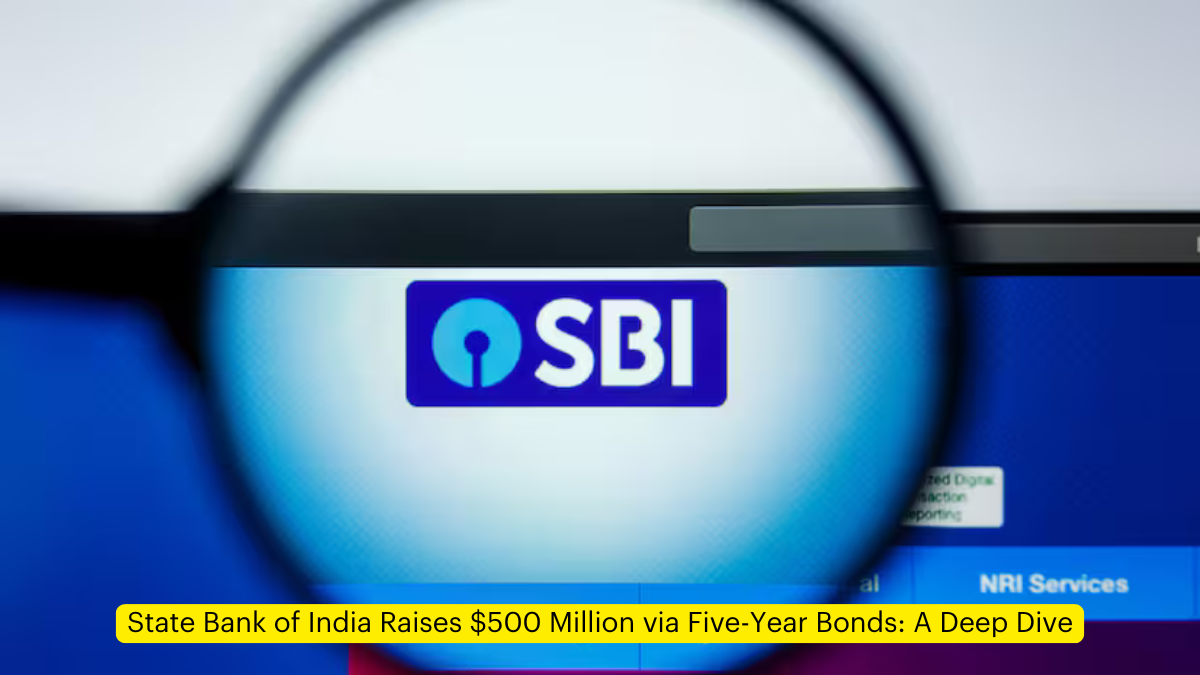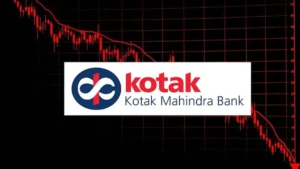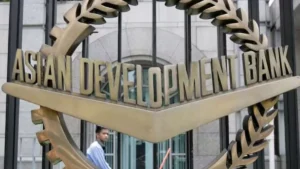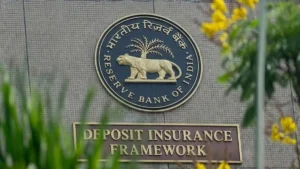The State Bank of India (SBI), India’s largest lender, has successfully raised $500 million through five-year bonds from international investors. This marks yet another significant milestone for the state-owned banking giant, reflecting its strong global investor confidence and robust credit standing. The issuance was conducted through SBI’s London branch and witnessed overwhelming interest, with bids amounting to $3 billion, showcasing robust global appetite for Indian debt securities.
Key Highlights of the Bond Issuance
Fine Pricing and Tight Spreads
The bonds were priced at 82 basis points (bps) above the US Treasury, with an initial pricing guidance of 115 bps. SBI managed to compress the pricing by 33 bps, achieving one of the tightest spreads by an Indian financial institution. This remarkable compression highlights the demand and confidence global investors place in SBI’s financial stability.
- Initial Pricing Guidance: T+115 bps
- Final Pricing: T+82 bps
This development is significant, as such tight spreads reflect SBI’s strong credit quality and reputation among global investors.
Order Book and Investor Demand
The issuance received an order book close to $3 billion, indicating substantial global interest. Despite offering a relatively lower spread, the debt sale was oversubscribed multiple times, signaling investor confidence in SBI’s financial health and India’s macroeconomic stability.
Utilization of Funds
SBI has outlined that the proceeds from this issuance will be used for the following purposes:
- General Corporate Purposes
- Meeting Funding Requirements of its foreign offices and branches
The international funding underscores SBI’s commitment to supporting its operations globally while diversifying its funding sources.
Comparative Performance: Previous Bond Issuances
Earlier in January 2024, SBI raised $600 million through five-year bonds. These bonds were priced at 117 bps above the US Treasury, reflecting a less competitive spread compared to the latest issuance. The tighter pricing in this round showcases SBI’s improved market standing and investor confidence over the year.
SBI’s Domestic Capital Market Activities
In addition to its international fundraising efforts, SBI has been actively raising funds domestically to support credit growth and infrastructure development.
Key Domestic Bond Issuances in FY25
- 15-Year Infrastructure Bonds:
- Amount: ₹10,000 crore
- Coupon Rate: 7.23%
- Seventh infrastructure bond issue by SBI in the current fiscal year.
- Basel-III-Compliant Tier 2 Bonds:
- Raised ₹15,000 crore during Q2FY25.
- Previous Infra Bonds:
- Raised ₹20,000 crore through infra bonds in FY25.
- In June 2024, ₹10,000 crore was raised at 7.36%.
- Another ₹10,000 crore was raised in July 2024 at the same rate.
These long-term bond issuances enable SBI to fund large-scale projects while reducing dependency on traditional deposits.
Market Dynamics and Investor Sentiment
Rising Corporate Bond Yields
The bond market has witnessed a 10 bps rise in corporate bond yields, generating renewed interest from investors. SBI’s recent infra bond issue attracted bids worth ₹11,500 crore, oversubscribing the base issue size of ₹5,000 crore by more than twice.
Other public sector entities have also been active:
- REC (Rural Electrification Corporation) raised ₹3,000 crore at 7.09% for 15 years.
- Indian Railway Finance Corporation (IRFC) raised ₹1,415 crore at 7.14% for 15 years.
Advantages of Infrastructure Bonds
Money raised through infrastructure bonds is exempt from regulatory reserve requirements, providing banks a significant advantage. Unlike deposits, where banks must:
- Maintain 4.5% as Cash Reserve Ratio (CRR) with the RBI, and
- Invest approximately 18% in Statutory Liquidity Ratio (SLR) obligations,
Proceeds from infrastructure bonds can be entirely deployed for lending activities, enhancing financial efficiency.
Strategic Importance of SBI’s Fundraising
Supporting Credit Growth
SBI’s proactive fundraising strategy aligns with its focus on credit expansion in both domestic and global markets. Amid challenges like deposit mobilization, the bank is leveraging capital market instruments to meet funding requirements effectively.
Confidence in Credit Quality
The strong response to SBI’s bond issuances reflects unwavering investor confidence in the bank’s top-tier credit rating, sound financial management, and the overall resilience of India’s bond market.
Future Fundraising Plans
During its Q2FY25 earnings, SBI announced plans to raise up to ₹20,000 crore through long-term bonds via public issues or private placements in FY25. The bank is committed to exploring opportunities in both domestic and offshore markets to fuel its credit growth strategy and infrastructure development initiatives.



 RBI Slaps ₹62 Lakh Penalty on Kotak Mahi...
RBI Slaps ₹62 Lakh Penalty on Kotak Mahi...
 ADB commits $4.26 billion in sovereign l...
ADB commits $4.26 billion in sovereign l...
 RBI Board Sanctions Overhaul of Deposit ...
RBI Board Sanctions Overhaul of Deposit ...







